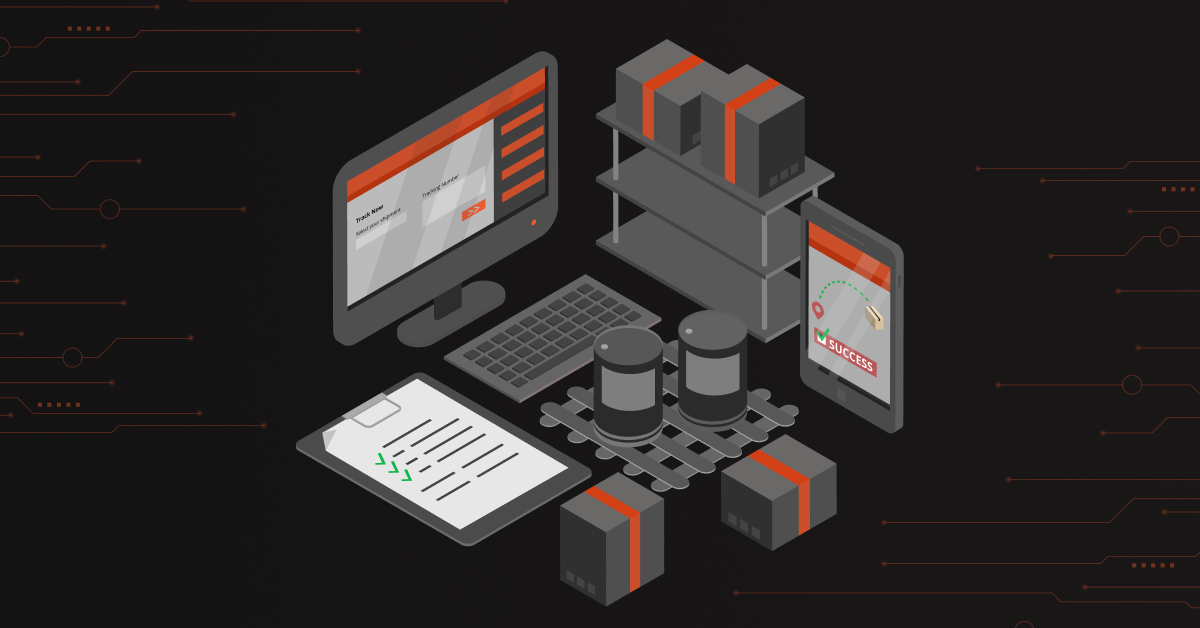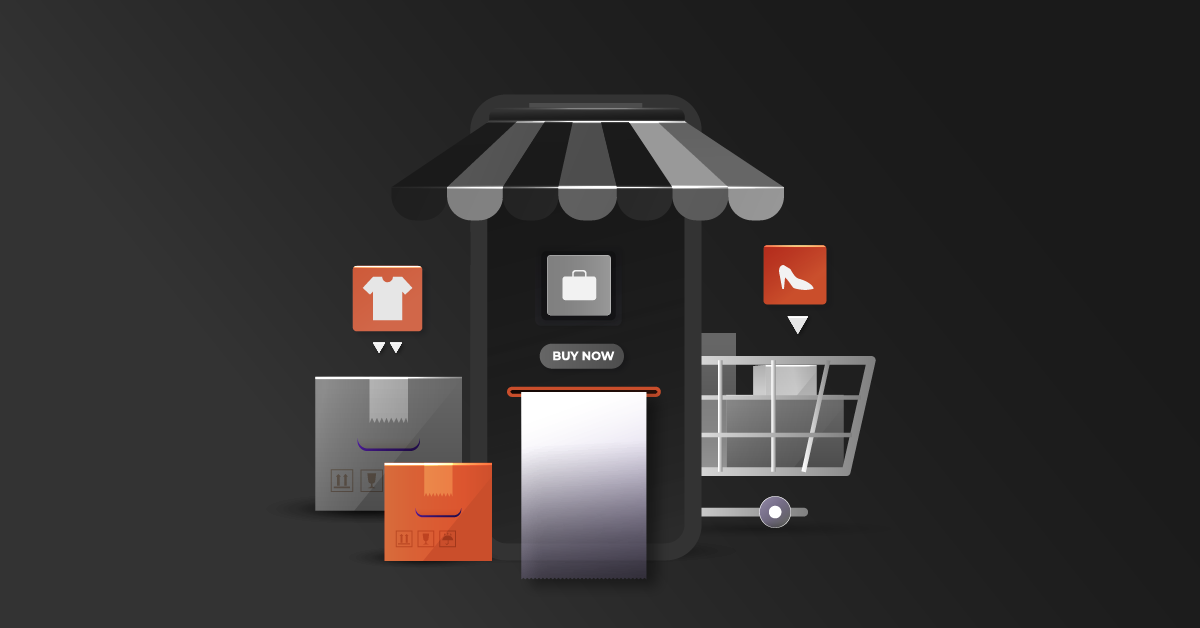Magento eCommerce Integration refers to the process of connecting and combining Magento (now Adobe Commerce), a popular eCommerce platform, with other systems or software to create a seamless and efficient online shopping experience.
This integration allows Magento exchange information with other tools to help businesses streamline their online operations.
Contents
Popular Integrations with Magento
Here are the most common Magento eCommerce Integrations that you can consider:
- ERP Systems: Consider syncing Magento with ERP software like NetSuite to effortlessly manage online orders, inventory, and customer information, fostering smoother operations and informed decision-making.
- CRM Systems: Enhance customer engagement by linking Magento with CRM platforms like Salesforce. This creates personalized user experiences, improved customer support, and a comprehensive view of customer interactions.
- Finance: Streamline financial tasks by integrating Magento with accounting tools like QuickBooks. This simplifies transaction and invoice management, ensuring accurate and efficient financial processes.
- Logistics: Optimize order fulfillment with Magento and logistics providers like Shipwire. Real-time tracking and efficient order handling contribute to a positive customer experience and streamlined logistics.
- Payment Gateways: Boost customer satisfaction by integrating Magento with popular payment gateways such as PayPal. This provides secure and diverse payment options, improving the overall ease of shopping.
- Inventory Management: Enhance inventory control with Magento and tools like TradeGecko. Automate reordering processes and gain insights into product availability to prevent stockouts and overstock situations.
- Shipping Solutions: Improve order fulfillment by linking Magento with shipping providers like UPS. Accurate shipping cost calculations and real-time tracking of order status contribute to a seamless and reliable delivery experience.
Read More: Magento ERP Integration Explained [+Case Studies]
Methods of Magento eCommerce Integration
There are three primary approaches to integrating Magento eCommerce, each with its unique characteristics:
1. Point-to-Point Integration
Point-to-point integration establishes a direct link between Magento (Adobe Commerce) and other systems without an intermediary platform.
This method involves connectors for data synchronization, typically executed in batches at intervals like hourly or daily updates. While suitable for small businesses, scalability is limited due to a 1:1 relationship for each system.
Example – Magento NetSuite Integration: Explore connectors available on Magento Marketplace for direct synchronization with NetSuite.
2. Custom Integration
Some businesses choose to create a personalized connection between Magento (Adobe Commerce) and other applications. They do this by making custom code that links the two systems. This code can be made by the business itself or by hiring third-party vendors.
However, this method can be costly and tricky if the business doesn’t have strong technical know-how. It’s a good choice for businesses with unique needs that can’t be met by simpler methods.
Example – Magento NetSuite Integration: Some businesses may opt for custom code to implement proprietary changes to Magento or NetSuite for specialized tasks.
3. Third-Party Integration Platform
The Third-Party Integration Platform is an external system that facilitates data transfer between Magento (Adobe Commerce) and other systems.
Utilizing connectors for each platform, this method enables faster implementation with customization options.
While more expensive than point-to-point solutions, third-party integrations are often more affordable than custom integrations, involving monthly subscription fees covering maintenance and configuration costs.
Example – Magento NetSuite Integration: Opting for a third-party integration platform like DCKAP Integrator allows businesses to leverage pre-built connectors and customize data flow rules for advanced business efficiency.
Read More: Magento API Integration: A Comprehensive Guide (2024)
Top Tools That Integrate Magento
1. DCKAP Integrator
DCKAP Integrator excels in providing a user-friendly, secure, and feature-rich solution for Magento ecommerce integration. Its flexibility in API support, along with robust system management capabilities, makes it the ideal choice for businesses seeking a reliable and efficient integration solution.
Key Features
- Simplifies the integration process with an intuitive Add New Integration feature.
- Provides clear instructions, making it easy for users to navigate and set up integrations.
- Supports a variety of API types, including RESTful API and SOAP web services.
- Accommodates diverse integration requirements, ensuring compatibility with different systems.
- Provides full support for Magento REST API functions, ensuring seamless communication between systems.
Pricing
Three-tier pricing—Standard, Professional, and Enterprise—structured around features, support, and integrations. Transparent pricing with no hidden charges upon renewal or post go-live.
2. Celigo
Celigo specializes in seamlessly integrating Magento into your business processes, offering a range of features that enhance connectivity and efficiency.
Key Features
- Celigo’s integrator.io utilizes HTTP or REST API universal adaptors, facilitating the integration of various business applications.
- Compatible with FTP servers and a diverse range of SQL databases.
- Eliminates the need for coding from scratch, saving time and effort for efficient system integration.
- Designed to handle the complexities of enterprise-level integrations.
- Comprehensive library of solutions with built-in best practices, AI, and machine learning.
Pricing
Celigo offers flexible pricing, including a limited free trial and a full-time freemium version. The Standard Plan at $600/month provides additional features, while the $2,500/month Enterprise Plan caters to advanced integration needs with EDI trading partner support.
3. Jitterbit
Jitterbit establishes a smooth, bi-directional data flow by seamlessly integrating Magento with other systems. This ensures a central platform for commerce and customer data, facilitating efficient business operations.
Key Features
- Streamline data exchange between Magento (Adobe Commerce) and ERP, CRM, or back-end systems for efficient operations.
- Empowers you to develop and oversee APIs in a developer-friendly manner.
- Offers scalability and customization through the use of reusable integration assets and components.
- Streamlines the connection of numerous applications effortlessly and rapidly through pre-built integrations.
Pricing
Jitterbit provides three pricing tiers to meet diverse business needs: Standard at, Professional and Enterprise. Explore these options to optimize your business processes, enhance efficiency, and achieve cost savings on IT expenditures.
4. Workato
Workato is an automation led integration Platform, empowers business and IT teams to seamlessly integrate Magento and automate workflows with stringent security and governance standards.
Key Features
- Equipped with 600+ pre-built connectors for databases, on-premises apps, cloud apps, ERPs, IoT, and AI platforms, enhancing integration versatility.
- Leverages Machine Learning and AI-powered services like Salesforce Einstein & IBM Watson for intelligent workflows, reimagining business processes.
- Empowers modern business with collaborative automation creation, combining business, IT, and AI for efficiency.
- Offers a spontaneous way to create integration recipes with features like recoverable transactions, security, auto-scaling, and governance.
- Allows flexible customization of bot recipes, enabling unique identities and functionalities like SupportBot and HRBot.
Pricing
Workato’s pricing is tailored to suit varying business requirements, providing budget predictability. With transparency and customized models, Workato ensures an ideal fit for automation goals across businesses of all sizes.
5. MuleSoft
MuleSoft stands out as a top choice for Magento integration, offering Mule connectors that facilitate instant API connectivity with the Magento ecommerce platform. The Magento Connector simplifies the management of ecommerce storefronts, shopping carts, and inventory.
Key Features
- MuleSoft exposes common Magento APIs, providing easy access for functions such as invoicing, stock management, and order tracking.
- APIs within the Mule Flow allow for flexible and streamlined integration of various business processes.
- MuleSoft excels in communication versatility by comprehending multiple protocols such as REST, SOAP, and GraphQL.
- MuleSoft stands out due to its extensive collection of ready-to-use connectors, simplifying integration tasks and handling complex data requirements seamlessly.
Pricing
MuleSoft provides a 30-day free trial. MuleSoft’s pricing structure is a bit on the higher side, often more suited for larger enterprises. Customized quotes are tailored based on specific needs. Factors influencing costs include the number of processing cores, the quantity of APIs and integrations, and the required level of support.
Read More: Magento Systems Integrator Explained [+How to Pick the Right One]
Benefits of Magento eCommerce Integration
Integrating Magento with core business systems creates an efficient all-in-one solution.
This automation allows organizations to focus on revenue-driving activities like marketing, upselling, and enhancing relationships with customers and suppliers.
Key benefits include:
- Elimination of data entry errors and misclassifications.
- Reduction in order processing times and associated costs.
- Improved speed from sales orders to fulfillment thereby enhancing supply chain management.
- Enhanced consistency of customer information and product data across systems.
- Increased visibility into inventory management and catalog consistency.
- Enhanced scalability, enabling businesses to easily adjust operations based on changing needs.
- safeguards against future system upgrades and minimizes strain on IT infrastructure.
Magento eCommerce integration provides a comprehensive solution that not only improves internal operations but also positively impacts customer interactions, sales opportunities, and the overall competitiveness of a business.
Top Magento Integration Solution for Distributors – DCKAP Integrator
The DCKAP Integrator emerges as a robust tool for effective Magento system management. Offering comprehensive support for Magento REST API functions.
Tailored specifically for distributors, this cloud-based integration solution excels in establishing limitless connections, ensuring seamless and efficient data integration. DCKAP Integrator’s user-friendly features, including pre-built templates, workflows, and drag-and-drop functionality, facilitate quick deployment and ease of use for optimal integration experiences.
Check out our success stories with integration and get in touch with us to know more.
FAQS
What is Magento Commerce?
Magento Commerce is a powerful and versatile eCommerce platform designed to facilitate the creation and management of online stores. Developed by Adobe, Magento Commerce offers a robust set of features and tools that empower businesses to establish a customized and scalable digital storefront.
What is Magento eCommerce Integration?
Magento ecommerce integration refers to the seamless connection of your online store, specifically your Magento store, with other essential business systems. This integration streamlines operations and enhances efficiency in managing your ecommerce business.
Why is Magento eCommerce Integration Important for a Business?
Integrating Magento with other business systems is crucial for automating tasks in your ecommerce store. It reduces manual efforts, eliminates human errors, enhances accuracy, and allows you to focus on strategic aspects of your ecommerce business.
Is Magento an Open-Source Platform?
Yes, Magento is an open-source platform, providing flexibility and customization options for businesses. The open-source version is known as Magento Open Source.
What are the Key Use Cases of Magento Integration?
Magento integration serves various purposes, including connecting with ERP systems, CRM platforms, payment gateways, third-party extensions, and tracking shipments. These integrations streamline operations and enhance overall eCommerce functionality.




